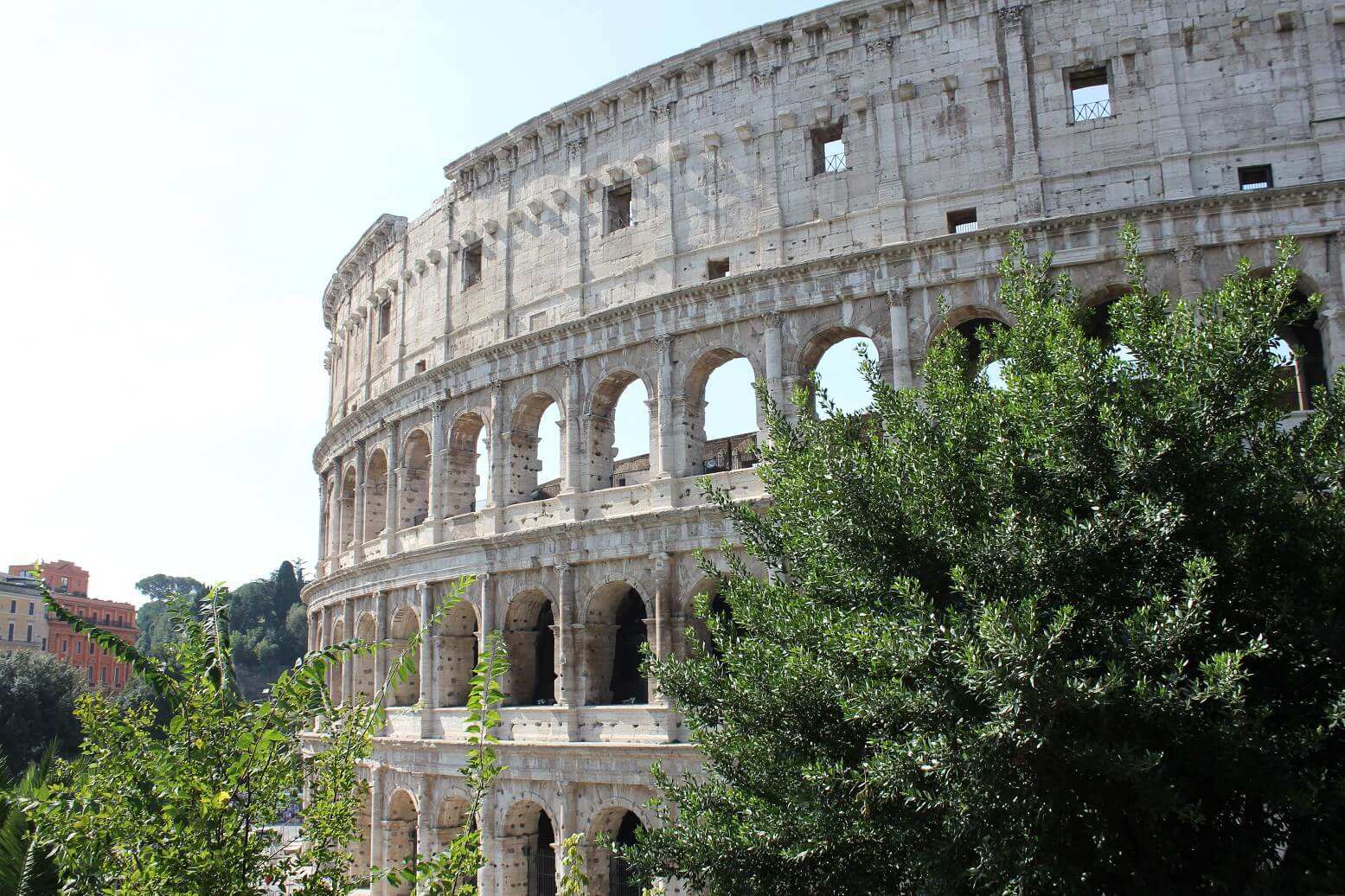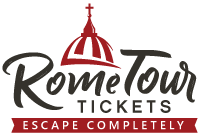Looking for a Colosseum guided tour to have an extraordinary tour at Rome, Colosseum? Well, look no further.
If you’re a history buff wandering around Rome. Then make sure to pay a visit to the Colosseum as soon as possible. Take your time to discover the historical beauty of this site, which is considered Rome’s pride.
The Colosseum is known as one of the top most attractions in Europe. Over 6 million tourists visit this particular place annually. In fact, on July 7 2007 the Colosseum became one of the Seven Wonders of the World.
At first, the building went by the name of Flavian Amphitheater. But later on due to the Statue of Nero which is situated at the entrance the name changed to Colosseum.
Enjoy the tour to the fullest by taking a guide in order to get a clear understanding of all the history. Also, no extra time will be wasted since the guide will make the trip worthwhile within a convenient time frame.
History of the Colosseum
The construction of the Colosseum began back in 72 AD by Emperor Vespasian, it took around 8 years to complete the development. The building measures 188 meters in length, 156m in width and the height is 57 meters.
Back in the day, the Colosseum could accommodate up to 50,000 people where the seating arrangement was done according to how high they stood in the society. The building was used by the Roman Emperor and people who used to enjoy watching fights between animals, battles amongst gladiators, and also for the execution of prisoners.
The Colosseum was the main venue where all the brutal action took place for 400 years. But unfortunately in the 6th century, it all came to a stop since gladiator combat was phased out.
Although the Colosseum has been damaged by many incidents which include earthquakes, lootings, and fire. But it is still standing strong through a number of centuries attracting people from all over the world. And now taking the official Colosseum guided tour, you’ll get a chance to visit.
Benefits of a Guided Tour Roman Colosseum
- By taking the guided tour you can easily save time waiting in queues since skip-the-line tickets are available.
- You can visit places which are not open for those who go on a self-tour. Have a look around the underground, Arena, and Belvedere with the help of a tour guide.
- Since the Colosseum is pretty big and there are lots to see. By taking the Colosseum tour guide, you will be able to understand the detailed history of the most relevant elements inside.
Location of the Colosseum
Address: Piazza del Colosseo 1
How to get to the Colosseum
By metro: Hop on from Termini or Piramide which will take you to Colosseo station along line B. You will then stop directly in front of the entrance of the Colosseum.
By foot: The Colosseum is very near the city center. So if you are staying in a hotel in the city then a short walk will take you to the Colosseum.
By bus: If you want to enjoy a bus ride straight to the Colosseum then hop onto the bus.
Opening and Closing hours
Open every day except 25th December and 1st January
Timing: 8.30 am – 5.00pm (in winter) 8.30 am- 7.30pm (in summer)
It will take around approximately 3 hours to complete the tour of the Colosseum.
What to see at the Ancient Rome Colosseum
- Arena Floor
- Hypogeum
- Arch of Constantine
- The Roman Forum
- Palatine Hill
- Ludus Magnus
- Museum
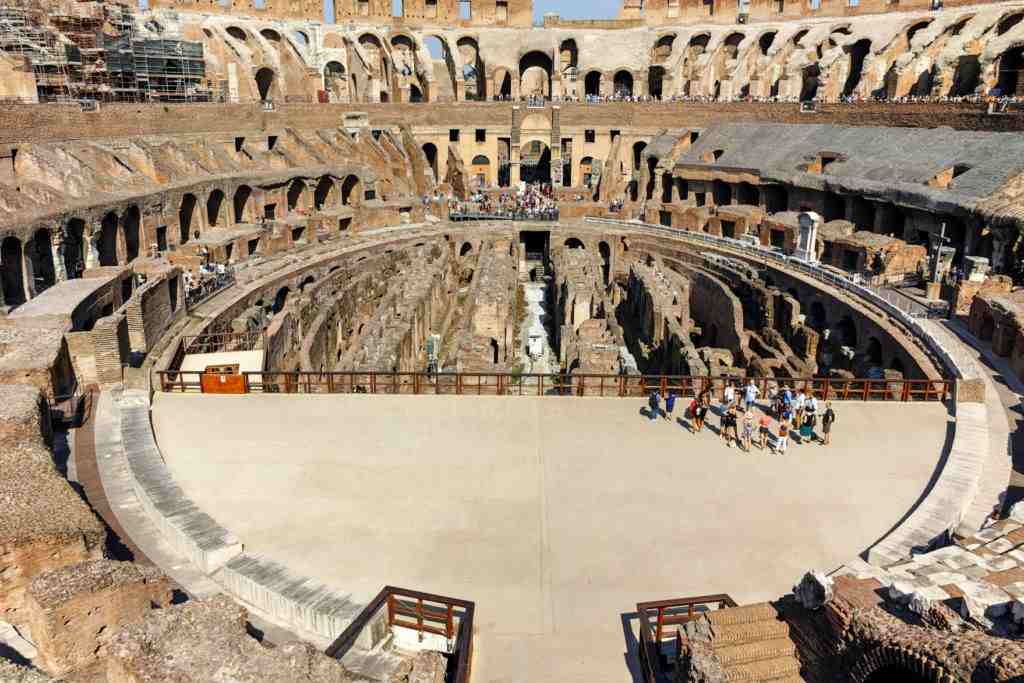
Image Source: i.pinimg.com
The Arena floor will give you a 360-degree view of the entire Colosseum. In fact, it is the exact place where all the battles amongst gladiators and executions of prisoners took place. The floor was previously made of wood which was covered by sand. This was in fact done to absorb the blood due to all the fights and battles.
Although the Arena has been reconstructed you will still be able to see the trap door which was used for bringing animals and slaves.
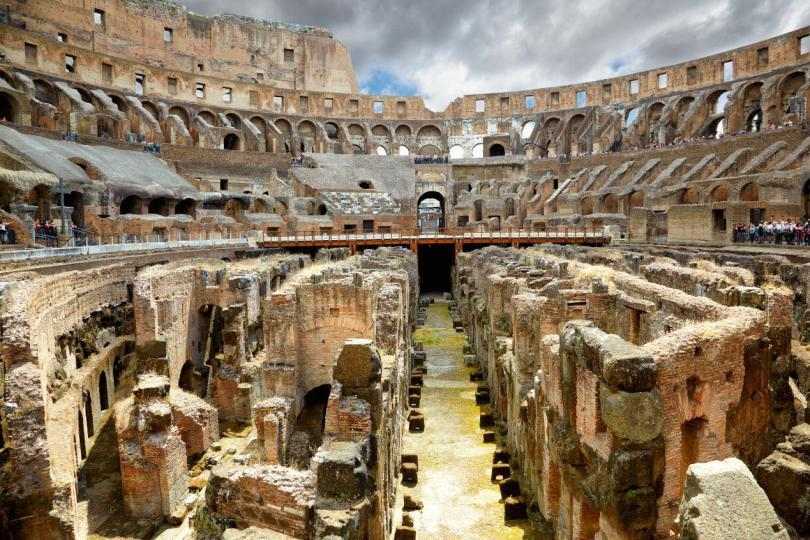
Image Source: colosseumrometickets.com
The term hypogeum means, ‘under the earth’ in Greek. It was constructed around a decade after the Colosseum was inaugurated. The hypogeum is situated below the floor of the main arena. It was used as a backstage for the gladiators and animals which used to battle in the arena.
Although most of it has been destroyed. But you can see the two-level tunnels and cages where gladiators and animals waited to perform in the battles.
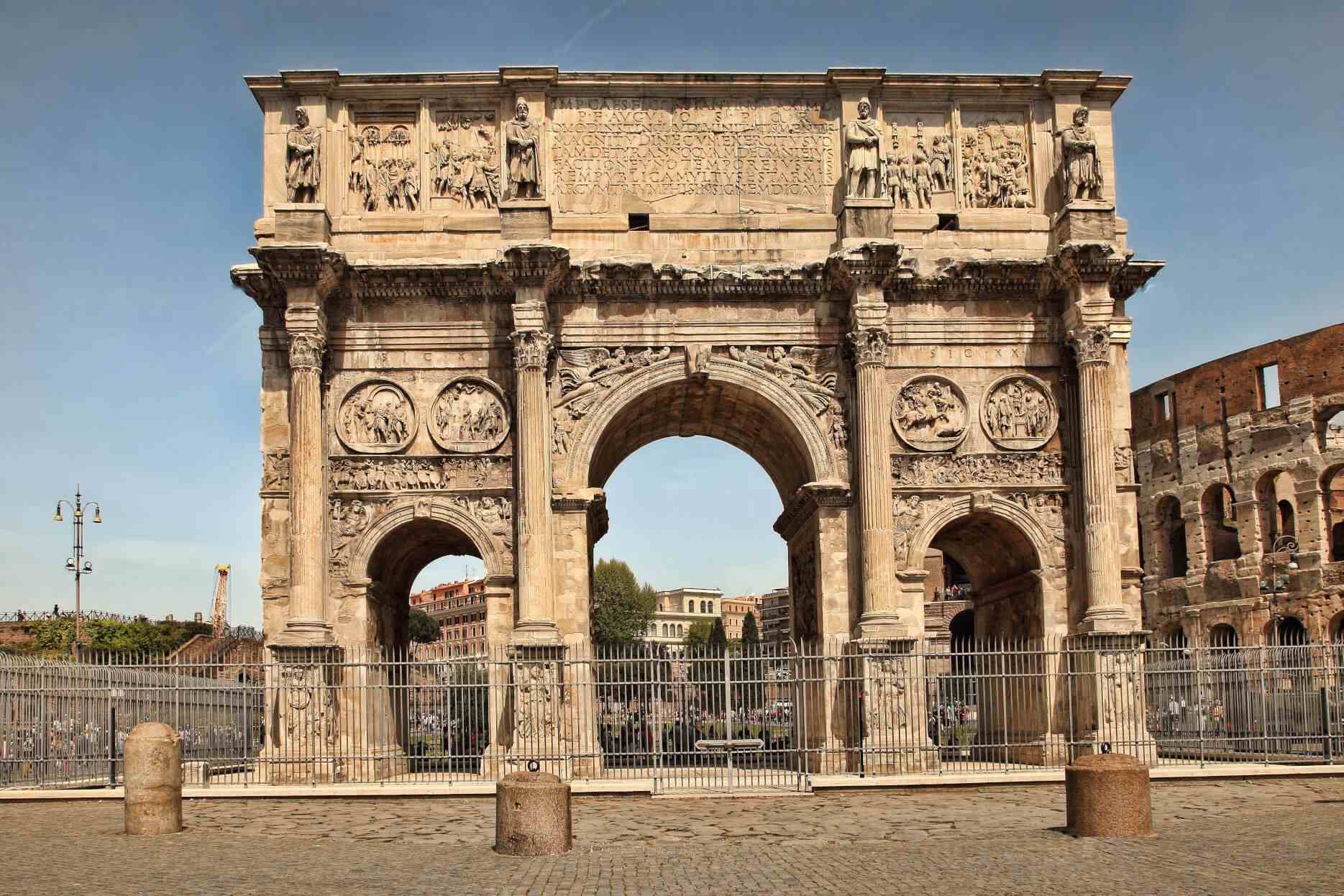
Image Source: colosseumrometickets.com
The arch of Constantine stands near the Colosseum. It was built by Emperor Constantine in 315 AD as he won the fight against Emperor Maxentius. The significance of the Arch of Constantine states that it is the origin of the Christian faith in the Empire of Rome. In fact, it is still the largest arch in Rome now.
The height of the arch is just under 70 feet and the width is 85 feet. The body of the arch has been made from white marbles with blue hues. The south side of the arch shows military scenes and the North side shows civil scenes. And here you will get a full Roman history tour.
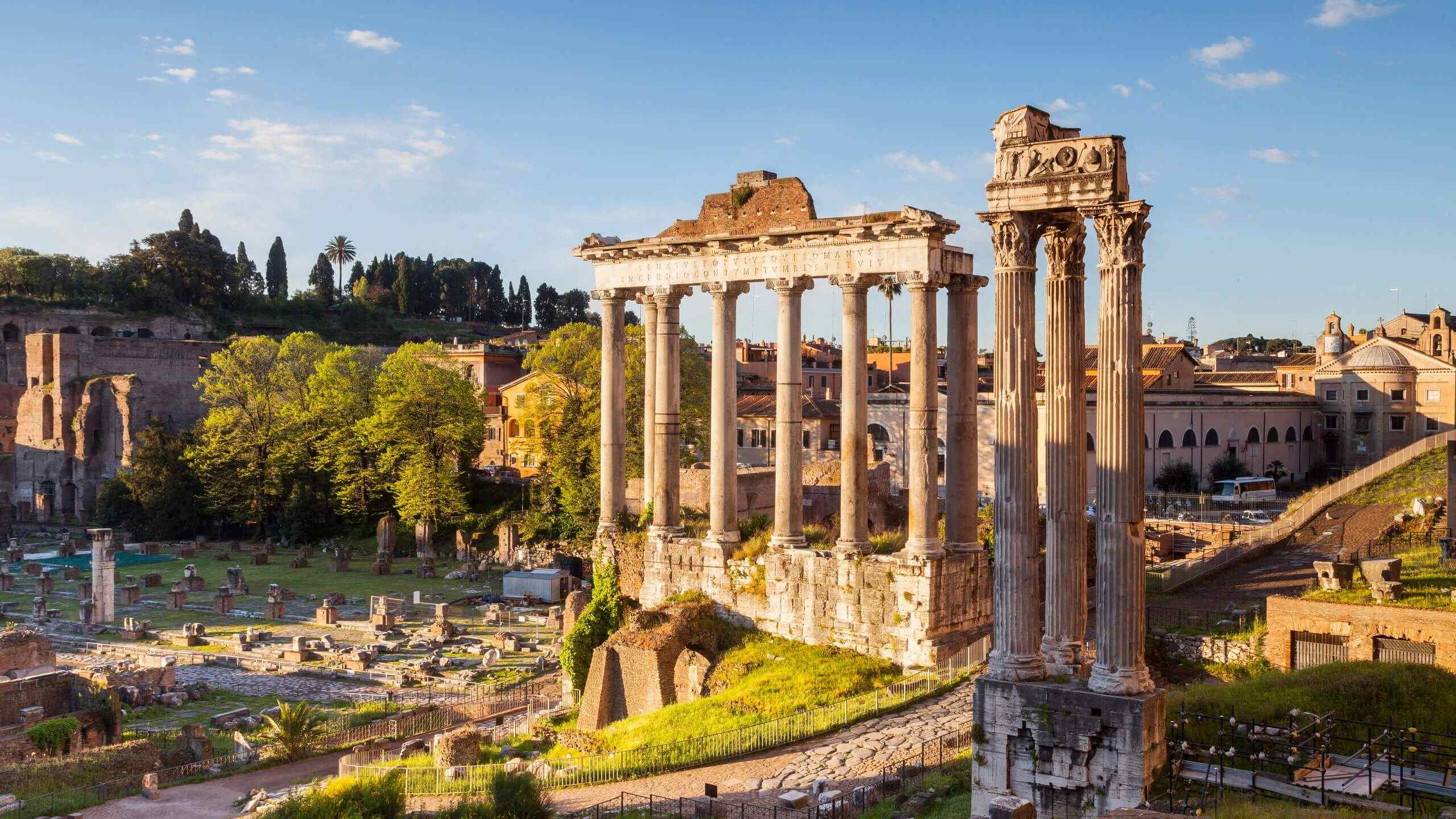
Image Source: media.cntraveler.com
Roman Forum tour let you exclusively enter the Roman empire political life
The Roman Forum stands near to the Colosseum. Basically, it was used as a place for daily shopping at the beginning. But then in 500 B.C, it became an important site where political, administrative, and religious activities took place in Rome.
The Roman Forum has a few structures which include: Temple of Saturn, the Senate House, the Temple of Vesta, and many more.
The structure had been changed a number of times in order to keep up with the designs of other buildings within that particular period of time. Although the forum was destroyed back in 410 A.D, luckily it was discovered again in 1803. You shouldn’t miss this Roman Forum and Colosseum tour. Visiting the Roman Forum you will be able to see the architectural fragments and ancient ruins that were left.

Image Source: d3iso9mq9tb10q.cloudfront.net
The Hill is also located near the Colosseum. It is known as one of the most ancient parts of the city as this is where the birth of Rome took place.
From Palatine Hill, you can view a number of buildings that were constructed for the high society people in Rome. These include the Palatine museum, Farnese Gardens, House of Augustus, and a few more.
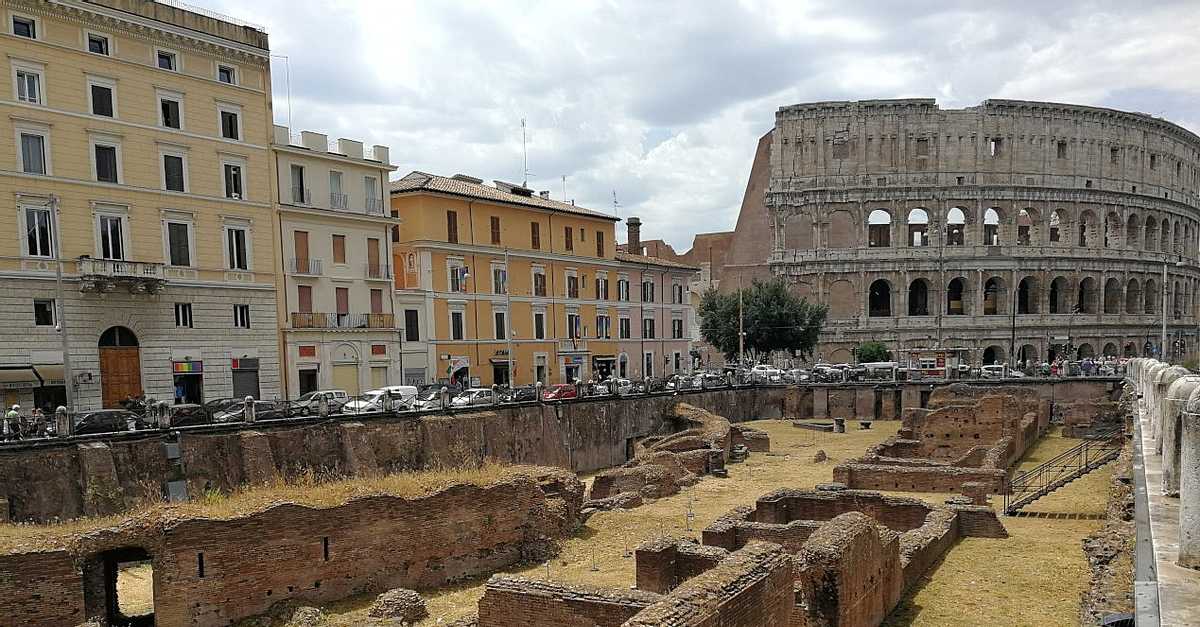
Image Source: worldhistory.org
The Ludus Magnus is located a few meters away from the Colosseum. Built by Emperor Domitian between 81 and 96 AD. It is known to be the Great Gladiatorial Training School where gladiators took training.
You can still see the foundations of the stands, gladiator barracks, and one side of the arena. The cells of gladiators are also visible with the water fountains that they drank from. Visiting here you’ll get the best ancient Rome tour.
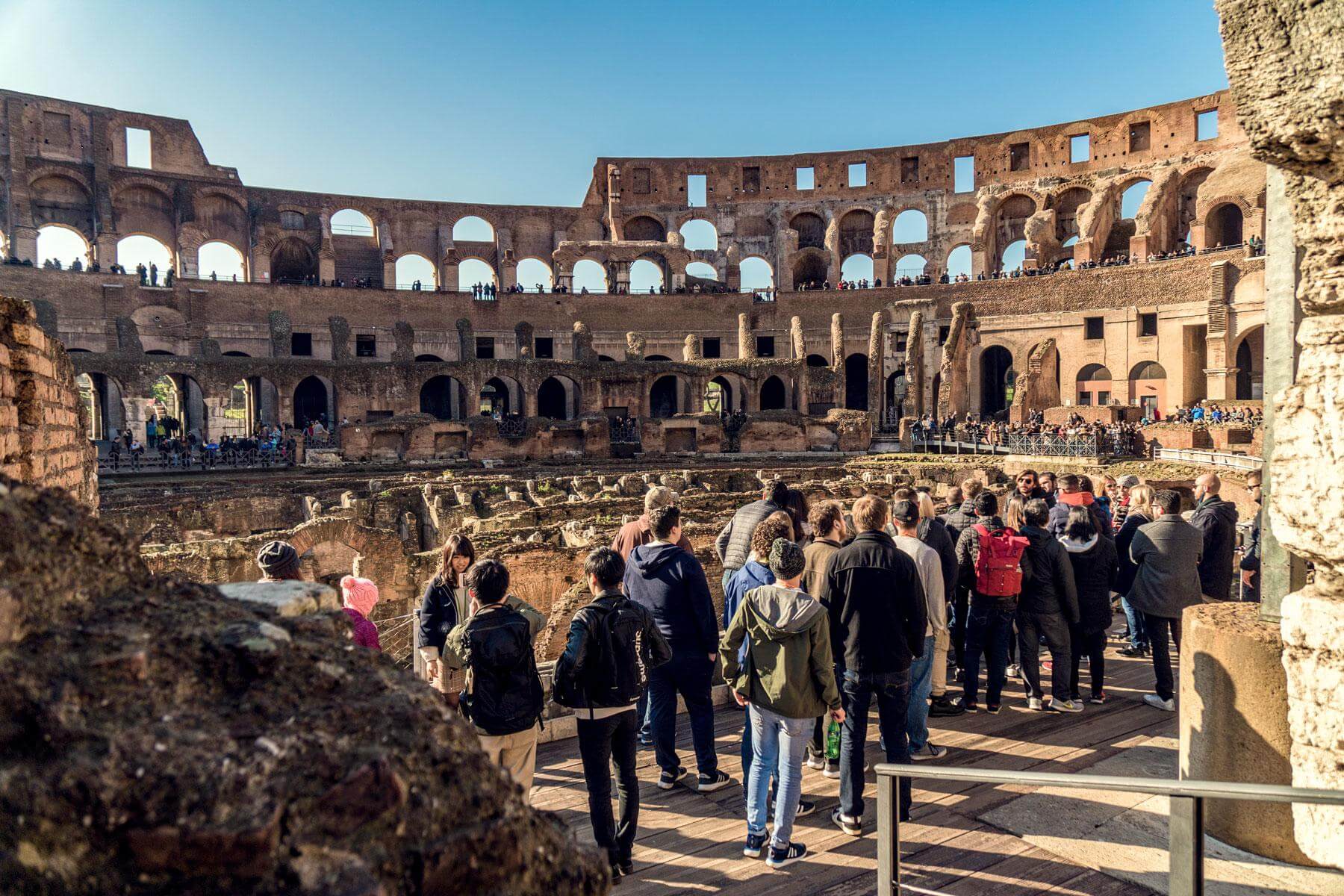
Image Source: fodors.com
The second floor of the Colosseum has a museum that holds models and photographs of how the monument was used over time.
The museum is dedicated to Eros, who was the Greek god of love. In fact, many artifacts and the remains of Church activities were found when the Colosseum was excavated. Here you’ll get the flavor of the Roman History tour.
Interesting facts about the Colosseum
- The building is so huge that it has 80 entrances.
- Every year the Colosseum has around 5 million tourists.
- The building went through two major earthquakes in 847 AD and 1213 AD. But surprisingly it survived.
- Apparently, there are 36 trap doors that are used for different public events.
- It is known as the largest amphitheater that has ever been constructed throughout the world. The Colosseum’s total height is 48 meters and it occupies land measuring around 6 acres.
- The Colosseum is a lasting symbol of the Flavian dynasty. According to historians, the amphitheater was a gift to the people of Rome.
- Apparently, 9000 wild animals were killed during the 100 days of the opening of the amphitheater.
The best time to take Colosseum Guided Tour
The Colosseum has a huge number of visitors all year round. Hence it can get quite warm inside during the summer. But even if you do decide to go between March till October then the ideal time would be when it opens in the morning at 8.30 am. Or at 7 pm, which is about a couple of hours before closing time.
During wintertime from November throughout February is the ideal time to take a tour around the Colosseum. Especially since the crowds are lesser and you can roam around at a slow pace.
What to do and what to avoid when visiting the Colosseum
- Wear footwear that is comfortable as there is quite a lot of walking. Also, you have to climb quite a few stairs.
- If you plan to visit during the summer then do not forget to pack sunscreen. Also, do carry a bottle of water with you all the time as it is important to stay hydrated. The walking could tire you out.
- Do not carry a large bag pack or sharp objects as the authorities will not allow you to enter the Colosseum.
Lastly
The Colosseum is a beautiful place to visit with plenty of history. Make sure you have at least three hours in hand to take the tour as there is a lot to see. A guided tour is definitely recommended as it will be easier for you to understand the significance of what you see inside. Along with that, you will also get to learn the utmost interesting facts about the Colosseum.
The hypogeum, arena floor, museum, and palatine hill along with the other monuments mentioned are a must-see.
Depending on where you stay make sure to choose the most convenient mode of transport to reach the Colosseum. Dress up comfortably since there is quite a bit of walking involved. Also, be sure to visit when there is less crowd so that you can roam around at your own pace.

